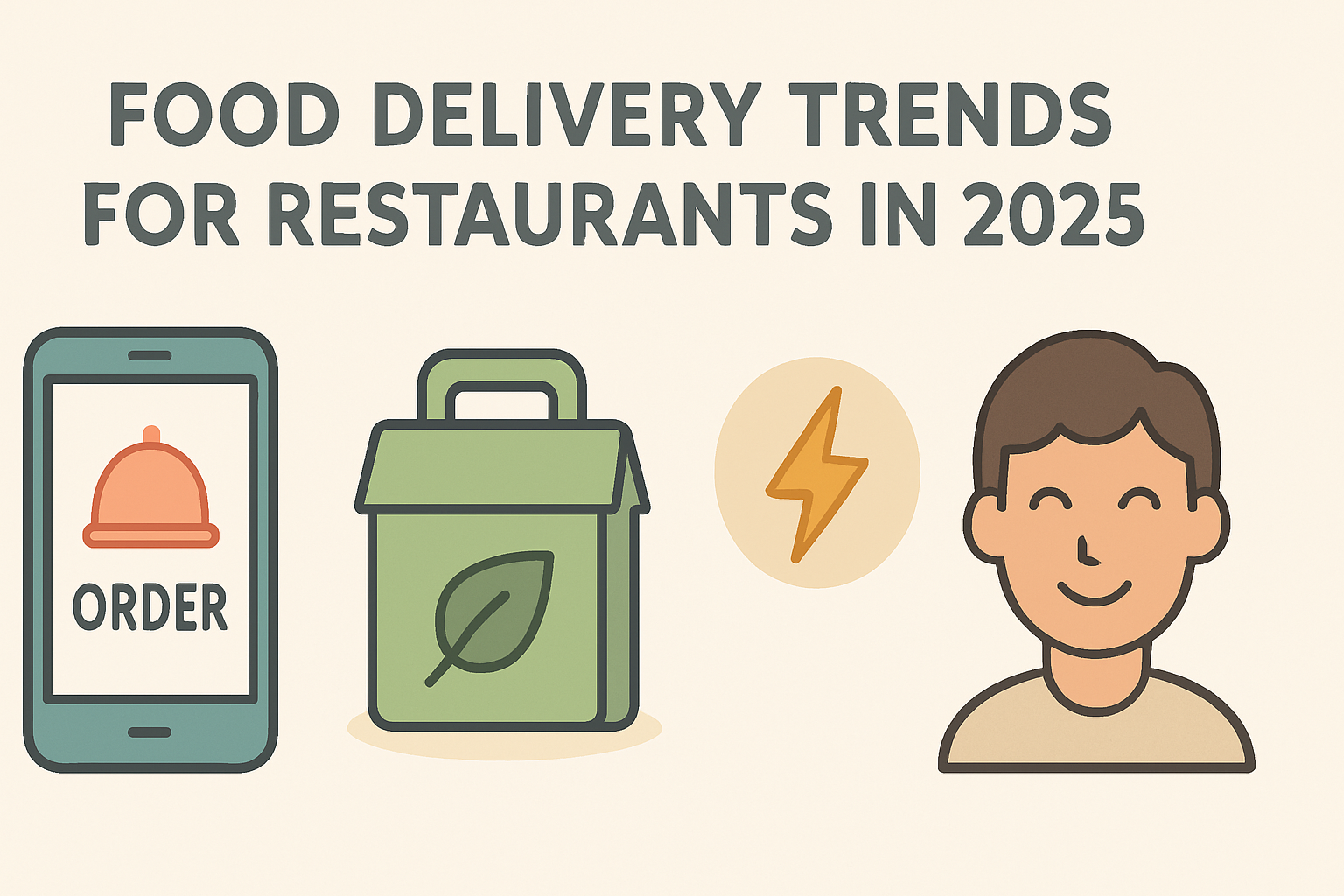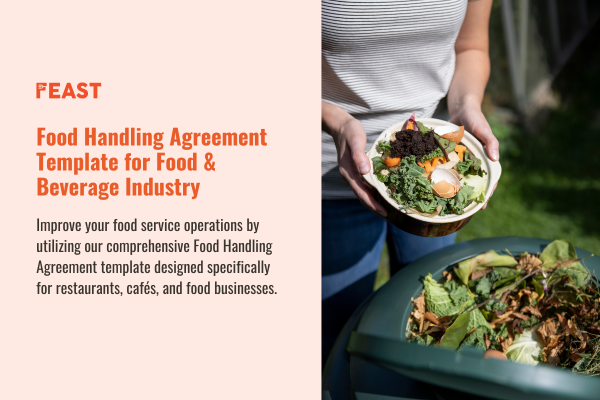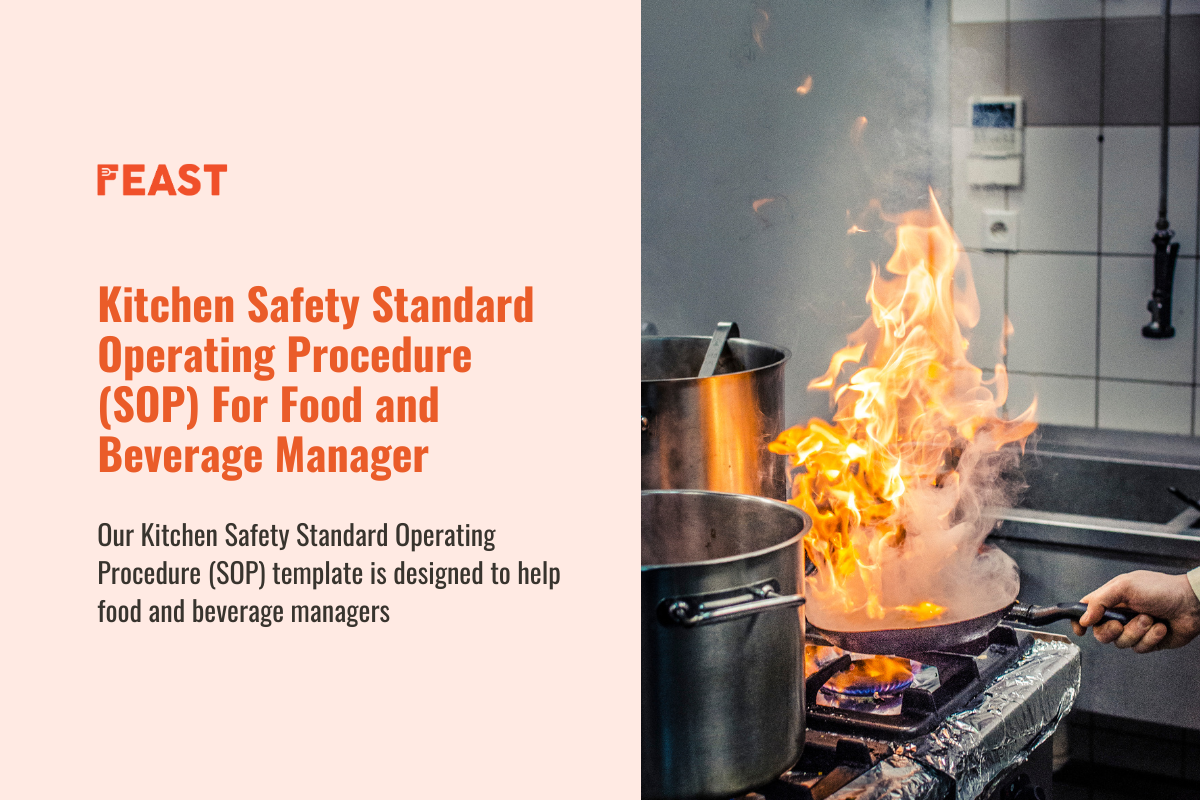The world of food delivery has changed rapidly since the pandemic. Customers now expect faster service, better convenience, and more personalized experiences. If you want to grow in 2025, you need to understand these food delivery trends and adapt them to your own restaurant business. The changes are not just about technology but also about customer habits, new business models, and sustainability. In this blog, we will explore the most important food delivery trends that are affecting restaurants massively. You’ll learn about new technology, evolving business models, ways to improve customer experience, and the importance of sustainability. We will also look at food safety, nutrition, and regional insights to help you make better decisions for your food delivery service in Malaysia.
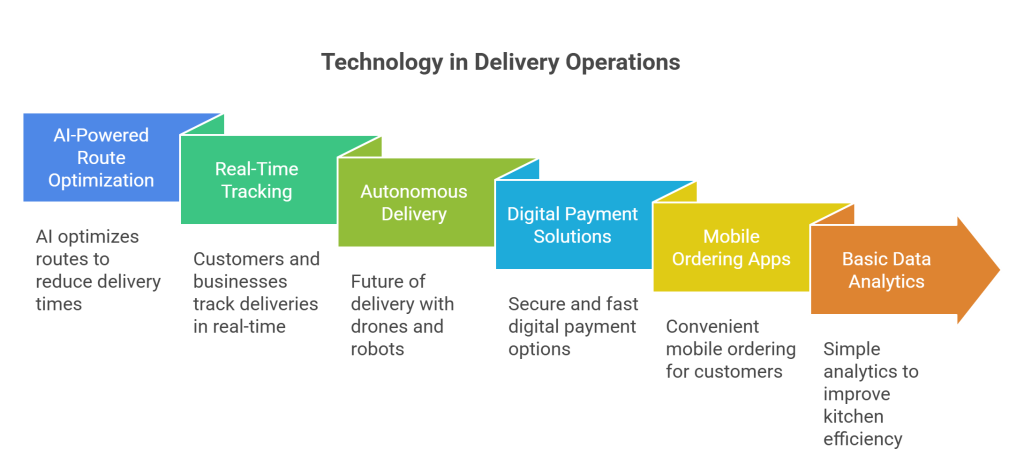
Technology & Innovation: Tools to Streamline Delivery
Technology is now the backbone of every successful delivery operation. AI-powered tools are making a huge impact. For example, AI can optimize delivery routes, helping drivers avoid traffic and reduce fuel costs. According to McKinsey, AI-driven route planning can cut delivery times by up to 20%. That means lower costs for you and faster food for your customers.
Real-time tracking is another game-changer. When customers can see where their order is, it builds trust. At the same time, you can track drivers and monitor delivery efficiency. In Malaysia, many food delivery platforms are already offering this feature, and customers have come to expect it.
Looking further ahead, autonomous delivery through drones and robots may soon become common. While it’s still developing, preparing for this shift can future-proof your logistics. Payment technology is also improving. Secure, contactless, and fast payments are no longer optional; they’re a must. Digital wallets like GrabPay and Touch ’n Go eWallet are widely used in Malaysia, making checkout faster and easier.
Even simple upgrades can make a difference. Mobile ordering apps and basic data analytics can help even small kitchens improve efficiency. If you’re not ready for AI or automation, starting small can still give you a competitive edge.
Business Models Evolving for Growth
The way food businesses approach delivery is changing. One major shift is the rise of ghost kitchens, or delivery-only brands. If you have extra kitchen space, you can launch a new brand without opening a physical outlet. This reduces costs while expanding your reach.
Another decision you face is whether to rely on third-party platforms or build your delivery system. Platforms like Foodpanda or GrabFood in Malaysia bring visibility, but their commission fees can be as high as 30%. To manage this, many businesses are adopting hybrid approaches, using platforms for visibility but also building in-house delivery channels to save on costs.
Subscriptions and loyalty programs are also growing in popularity. Offering customers special deals, free delivery, or discounts in exchange for a monthly fee helps you build steady revenue. According to Deloitte, 40% of customers are more likely to order again if they are part of a loyalty program. This shows how important repeat business has become.
Enhancing Customer Experience to Build Loyalty
Customer expectations are rising, especially when it comes to delivery speed. The trend of quick commerce, delivering food in under 30 minutes, is now common in urban areas. To stay competitive, you need to manage your operations efficiently to meet these demands.
Personalization is another important factor. Using customer data, you can send customized promotions and recommendations. For example, offering discounts on a customer’s favorite dish can encourage repeat orders.
Contactless and mobile-first ordering has become the new normal. Customers prefer to place orders on their phones and pay digitally. If your system doesn’t support this, you may lose out. Managing reviews is equally important. A single negative review can discourage future customers, but responding quickly and professionally can turn complaints into opportunities.
Don’t forget about accessibility. In Malaysia, offering language options like Malay, English, or Chinese can help you reach a wider audience. This simple step shows that you value all customers and can boost loyalty.
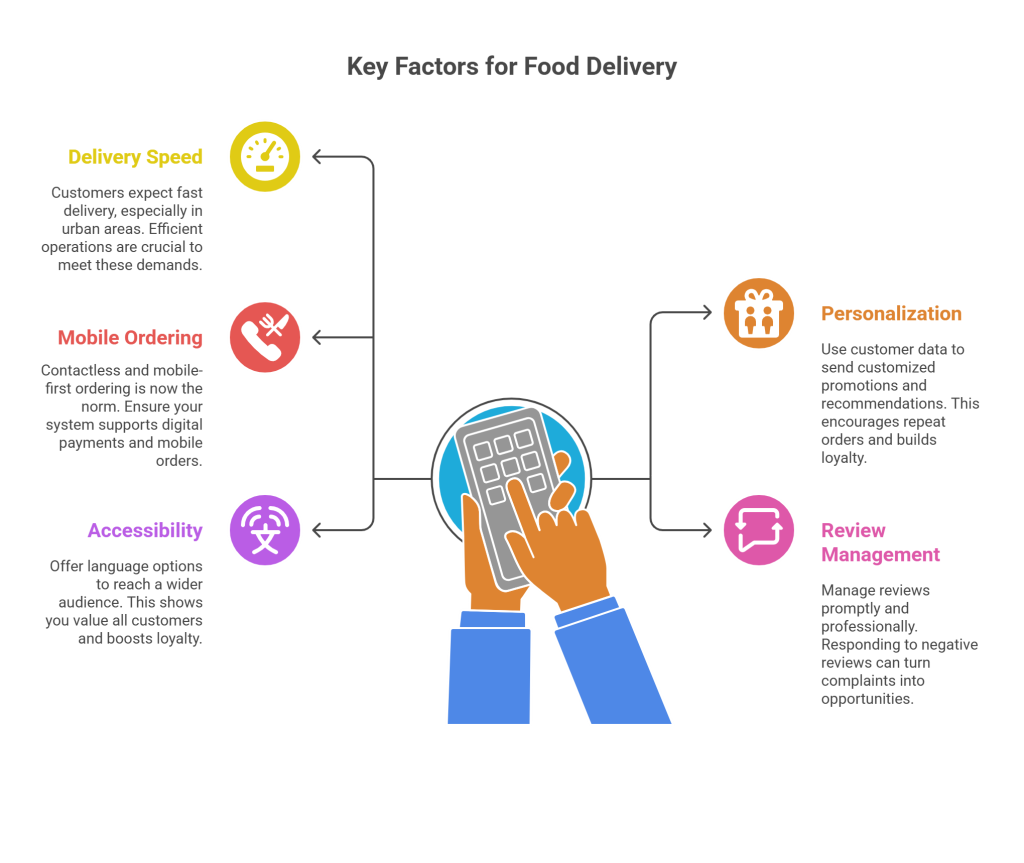
Sustainability & Social Responsibility: The New Brand Imperative
Sustainability is no longer just a buzzword. Customers care about the impact of their choices, and they expect the same from you. Eco-friendly packaging is one of the biggest food delivery trends. Using biodegradable containers may seem costly, but it can improve your brand image and attract more customers.
Reducing your carbon footprint is also key. Electric vehicles or efficient route planning can cut fuel use. According to Statista, 62% of Malaysian consumers prefer businesses that take visible steps toward sustainability. Waste reduction is another area to focus on. Offering reusable containers or smarter portioning can reduce food waste and costs.
The final step is communication. Share your sustainability efforts on menus, websites, or delivery notes. Customers appreciate transparency, and it builds long-term trust.
Operational Excellence & Food Safety
To succeed in delivery, you need to focus on operations and food safety. Menu engineering is an important step. Not all dishes travel well. You may need to adjust your menu or packaging so that food arrives fresh and presentable.
Digitized hygiene audits and certifications also build customer trust. Many food delivery platforms in Malaysia highlight hygiene ratings, and customers often check them before placing an order.
Managing peak-hour demand is another challenge. Planning your kitchen workflow and delivery capacity can prevent delays. Using digital systems to monitor drivers and kitchen output ensures smooth operations even during busy times.
Food quality monitoring is equally critical. From temperature checks to packaging integrity, every detail matters. Customers who receive hot, fresh meals are more likely to order again.
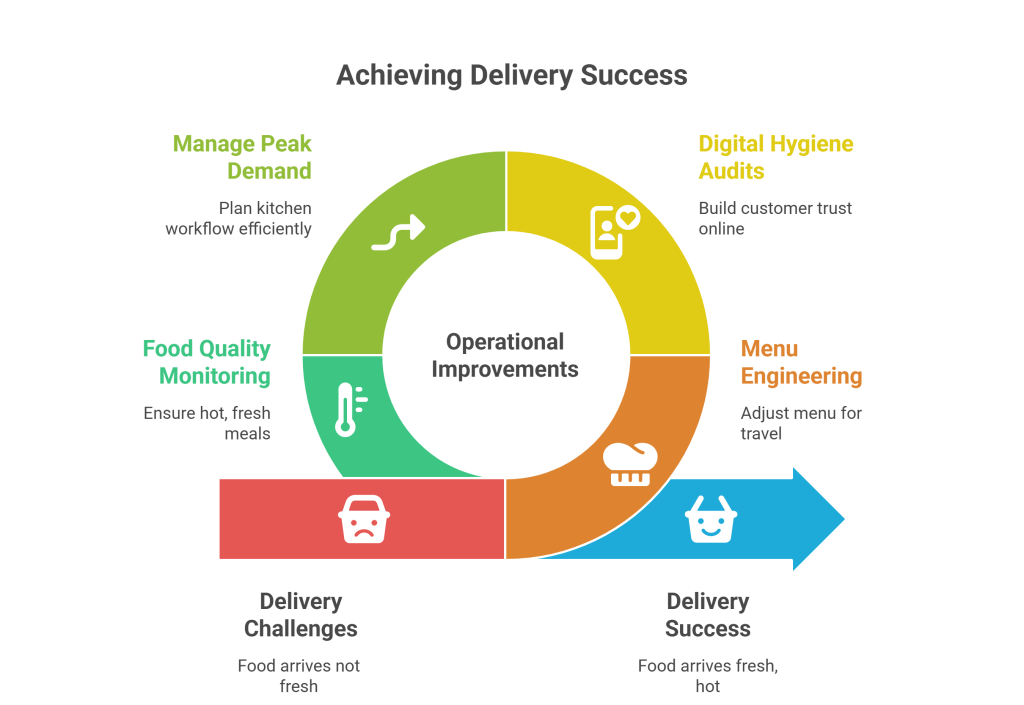
Health & Nutrition Trends: Meeting Changing Preferences
Health awareness is growing among customers. Adding dietary filters like vegetarian, vegan, or halal on your delivery platform makes it easier for people to choose what suits them.
Transparency is also vital. Customers want to know about allergens and ingredient sourcing. By being open, you reduce risks and build credibility. Wellness-focused meals, such as low-calorie or high-protein options, are also becoming popular. Promoting these dishes gives you a chance to upsell while meeting new demands.
Regional Trends & Competitive Insights
The food delivery service in Malaysia is evolving quickly, influenced by local regulations and customer behavior. Staying updated on these changes helps you adapt without surprises. For example, new food safety regulations or delivery zone rules can affect your operations.
Competitive analysis is another key area. Understanding which food delivery platform in Malaysia works best for your business can save you money and increase visibility. Some platforms may be stronger in urban areas, while others perform better in suburban markets.
Niche markets are also worth exploring. Suburban areas are seeing growing demand for delivery as more people work from home. By targeting these regions, you can expand without the high costs of crowded city markets.
Food delivery trends are changing the way you serve customers and grow your business. From technology and new business models to sustainability and health, every area plays a role in shaping your success. By staying updated on food delivery trends 2025 and adapting to customer needs, you can improve operations, build loyalty, and secure long-term growth. For restaurants like yours that are always planning to improve their operations, EasyEat is the solution you should look for. EasyEat is a restaurant POS system that also allows you to sync all your delivery orders. Be it from GrabFood or from FoodPanda, EasyEat will show you your delivery orders and segregate all your orders to minimize confusion during peak hours.

